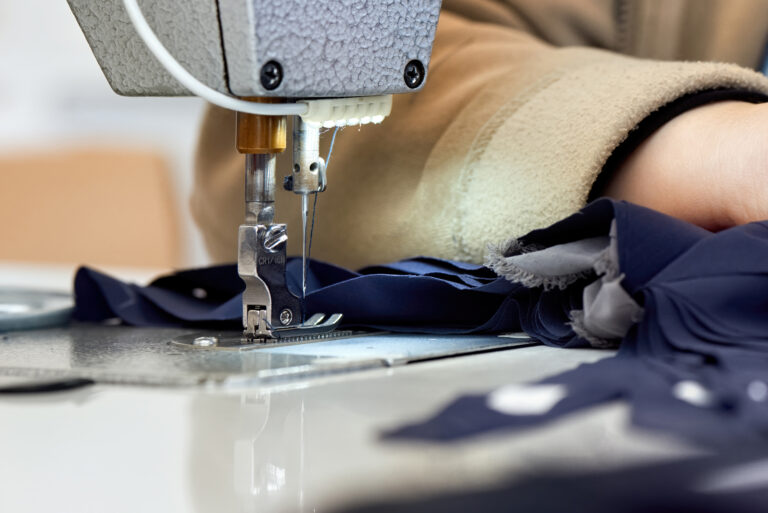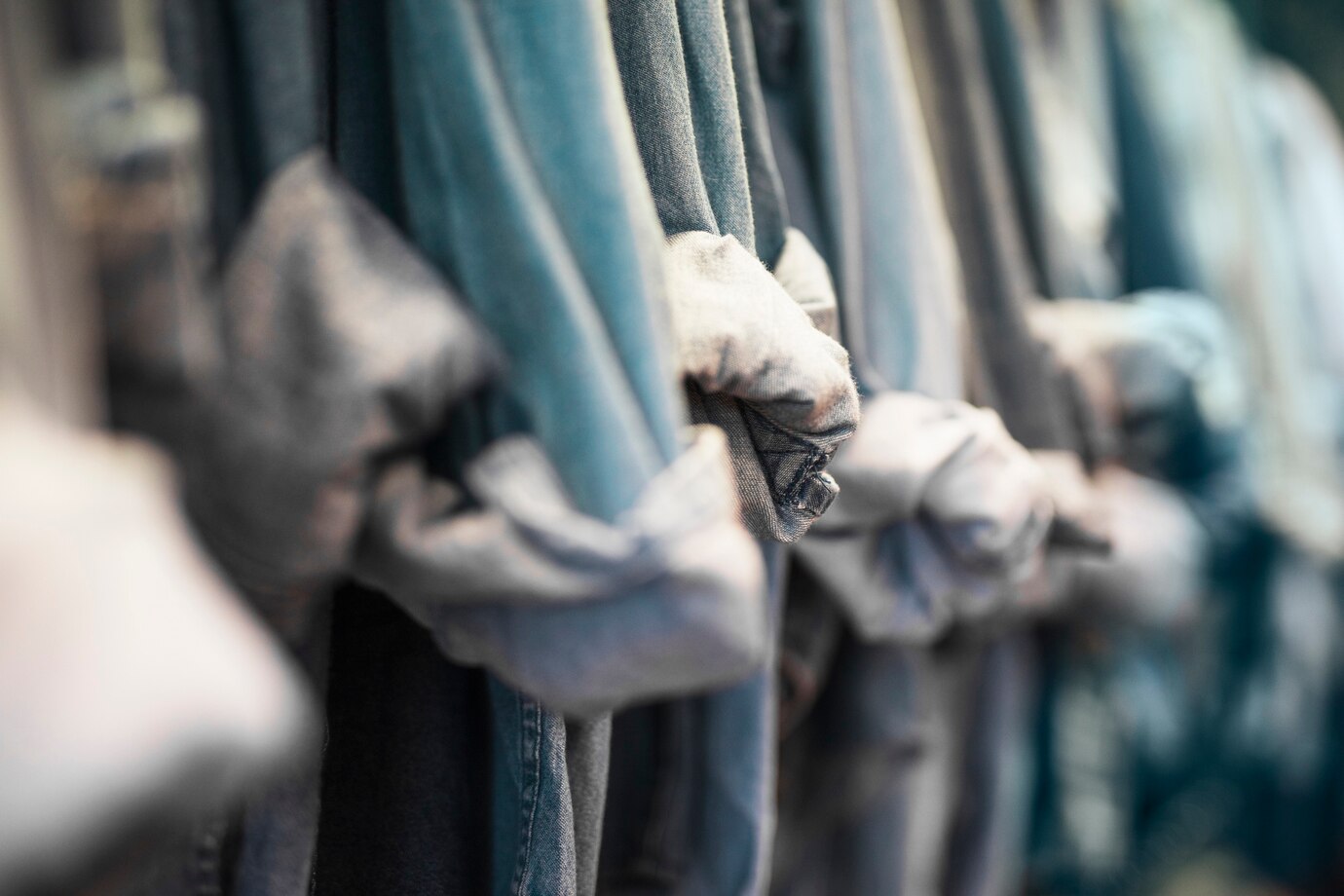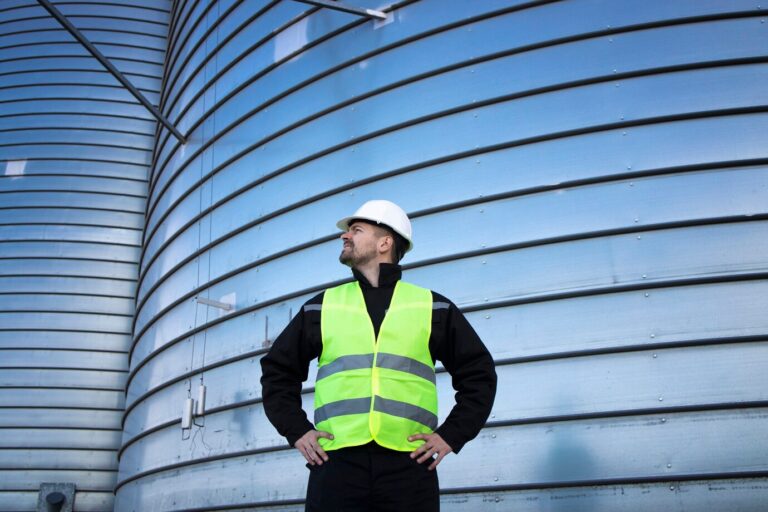In recent years, recycled fabrics have emerged as one of the most significant and exciting trends in the workwear industry. As sustainability becomes a higher priority for businesses and consumers alike, the demand for eco-friendly materials has transformed how workwear is designed and produced. The shift toward recycled fabrics is not just a trend—it’s a movement that’s reshaping the future of manufacturing and ensuring that workwear is not only durable and functional but also environmentally responsible. Let’s explore how recycled fabrics are making a mark in the workwear industry and what it means for the future of clothing.
1. Recycled Fabrics: A Commitment to Sustainability
The move toward recycled fabrics is largely driven by the desire to reduce waste and minimize the environmental footprint of clothing production. In the past, workwear manufacturers used large quantities of virgin materials, such as cotton and polyester, which contributed to deforestation, water depletion, and high carbon emissions. Now, recycled fabrics offer a sustainable alternative that helps reduce these impacts while maintaining the durability, comfort, and performance workers need.
Recycled polyester (rPET) is one of the most popular fabrics used in eco-friendly workwear manufacturing. It’s made from recycled plastic bottles and other polyester-based materials, and it has the same quality, flexibility, and durability as virgin polyester. By using recycled polyester, workwear brands are contributing to the reduction of plastic waste in landfills and oceans, while also providing customers with high-performance garments.
Beyond recycled polyester, recycled nylon and organic cotton are also gaining traction. The workwear industry is quickly embracing these materials to craft durable, breathable, and comfortable garments that stand up to the demands of the job while having a minimal environmental impact.
2. The Performance Factor: Sustainability Meets Durability
One of the most impressive aspects of recycled fabrics in workwear is their ability to maintain the same level of durability and performance as traditional materials. Workwear is designed to withstand the toughest conditions—whether it’s on a construction site, in a factory, or in a warehouse. Workers need clothing that offers strength, protection, and comfort, and recycled fabrics deliver just that.
Recycled polyester, for example, is known for its ability to hold up in demanding environments. It’s abrasion-resistant, moisture-wicking, and quick-drying, making it ideal for industries that require clothing that can endure sweat, dirt, and wear. Additionally, recycled nylon offers excellent strength and elasticity, ensuring that workwear remains flexible and functional.
As businesses continue to push for more sustainable practices, the fact that recycled fabrics can deliver premium-quality performance while also helping the planet is a major selling point. This shift also challenges the misconception that eco-friendly materials compromise quality—today’s recycled fabrics are just as tough and effective as their conventional counterparts.
3. Innovative Blends for Enhanced Functionality
One exciting trend in the workwear industry is the development of fabric blends that combine recycled materials with advanced technologies to enhance garment functionality. Manufacturers are increasingly blending recycled polyester with spandex, cotton, or recycled wool to create workwear that is stretchy, breathable, and insulated for specific work environments.
For example, a construction worker might benefit from a blended fabric that offers both flexibility and reinforced strength, providing a balance between comfort and protection. Similarly, fire-resistant workwear made from recycled fabrics is now being developed for industries where flame resistance is critical, offering an eco-friendly option without compromising on safety.
These innovative fabric blends allow manufacturers to meet the specialized needs of various industries while ensuring their products align with the growing demand for sustainable solutions.
4. Circular Economy: From Waste to Workwear
A major driving force behind the adoption of recycled fabrics in the workwear industry is the concept of the circular economy. This model focuses on reusing materials, reducing waste, and creating a closed-loop system where products are continuously recycled and repurposed. For workwear manufacturers, this means designing garments that can be recycled at the end of their lifecycle, further reducing environmental impact.
More companies are now embracing take-back programs where worn-out garments are returned to the manufacturer to be recycled into new fabrics. This not only promotes sustainability but also helps create a more sustainable production model that extends the lifecycle of materials and reduces the need for virgin resources.
For example, some workwear companies are now recycling old uniforms or unused materials from previous production runs to make new garments. By doing so, they’re closing the loop on their production process and making a real, tangible impact on waste reduction.
5. Eco-friendly Workwear for Every Job
As the demand for sustainable workwear grows, manufacturers are focusing on creating eco-friendly options for all types of workers. Whether it’s a construction worker, healthcare professional, or logistics manager, workers across industries are now able to choose eco-conscious garments that are not only designed to perform but also to protect the planet.
For instance, work jackets, coveralls, and high-visibility clothing made from recycled fabrics are becoming common choices for industries where both safety and environmental responsibility are paramount. High-visibility garments made from recycled polyester offer the same reflective qualities and durability as those made from virgin materials, ensuring workers remain visible and protected in hazardous environments.
This trend is being embraced by businesses looking to align their operations with sustainable goals while still providing employees with the performance they need. Highlighting the ability to customize these eco-friendly garments on your website, such as adding logos or unique design elements, can be a powerful draw for businesses seeking sustainable workwear solutions.
6. Consumer Demand for Transparency
Today’s consumers, including businesses, are more informed and selective about the products they purchase. Sustainability is no longer an afterthought—it’s a key purchasing factor. As workwear brands turn to recycled fabrics, they are also embracing transparency by sharing the source of their materials and production processes with customers. Companies are highlighting their commitment to ethical production and sustainable practices, providing details on how garments are made, the materials used, and their end-of-life recycling programs.
On your website, showcasing your use of recycled fabrics and providing clear, accessible information about the sustainability of your workwear can help build trust with customers who care deeply about environmental impact. Transparency not only attracts eco-conscious consumers but also aligns your brand with the growing demand for corporate responsibility.
7. Global Impact: Changing the Industry Worldwide
As the global push for sustainability continues, the workwear industry is adopting recycled fabrics on an international scale. Whether it’s in Europe, North America, or Asia, more and more companies are turning to eco-friendly materials to meet the demands of regulatory standards, consumer expectations, and environmental goals.
By positioning your brand as a leader in sustainable workwear manufacturing using recycled fabrics, you can reach a wider global audience. This helps you stand out in a competitive marketplace where environmental responsibility is no longer just a trend but a requirement for success.
Conclusion: Leading the Way in Sustainable Workwear
The future of the workwear industry is unmistakably green. The shift toward recycled fabrics not only meets the growing demand for sustainable and high-performance workwear but also aligns with the need for environmental responsibility. From improved durability to innovative fabric blends, the integration of recycled materials into workwear is creating a new standard of quality that meets the needs of both workers and the planet.






